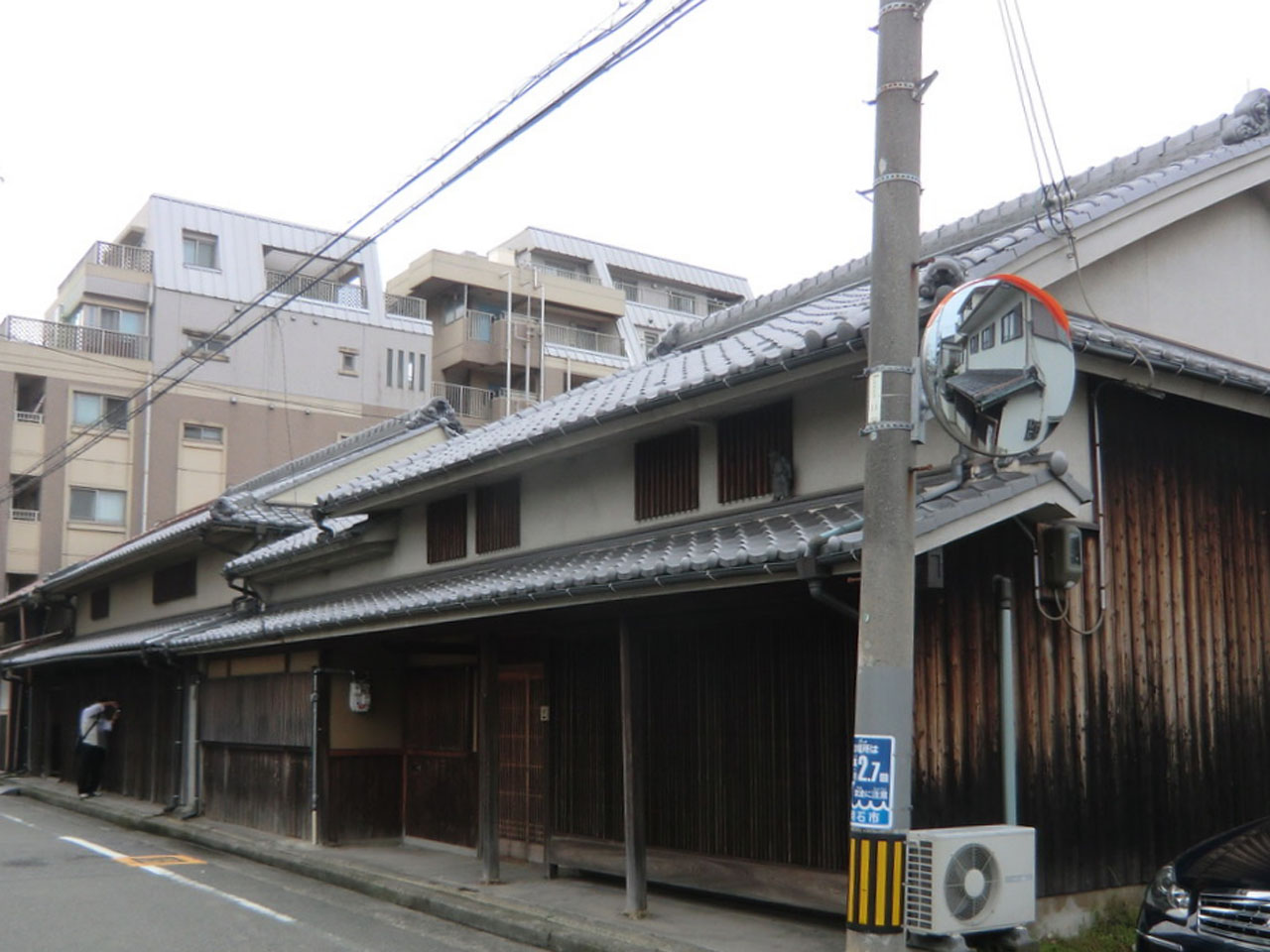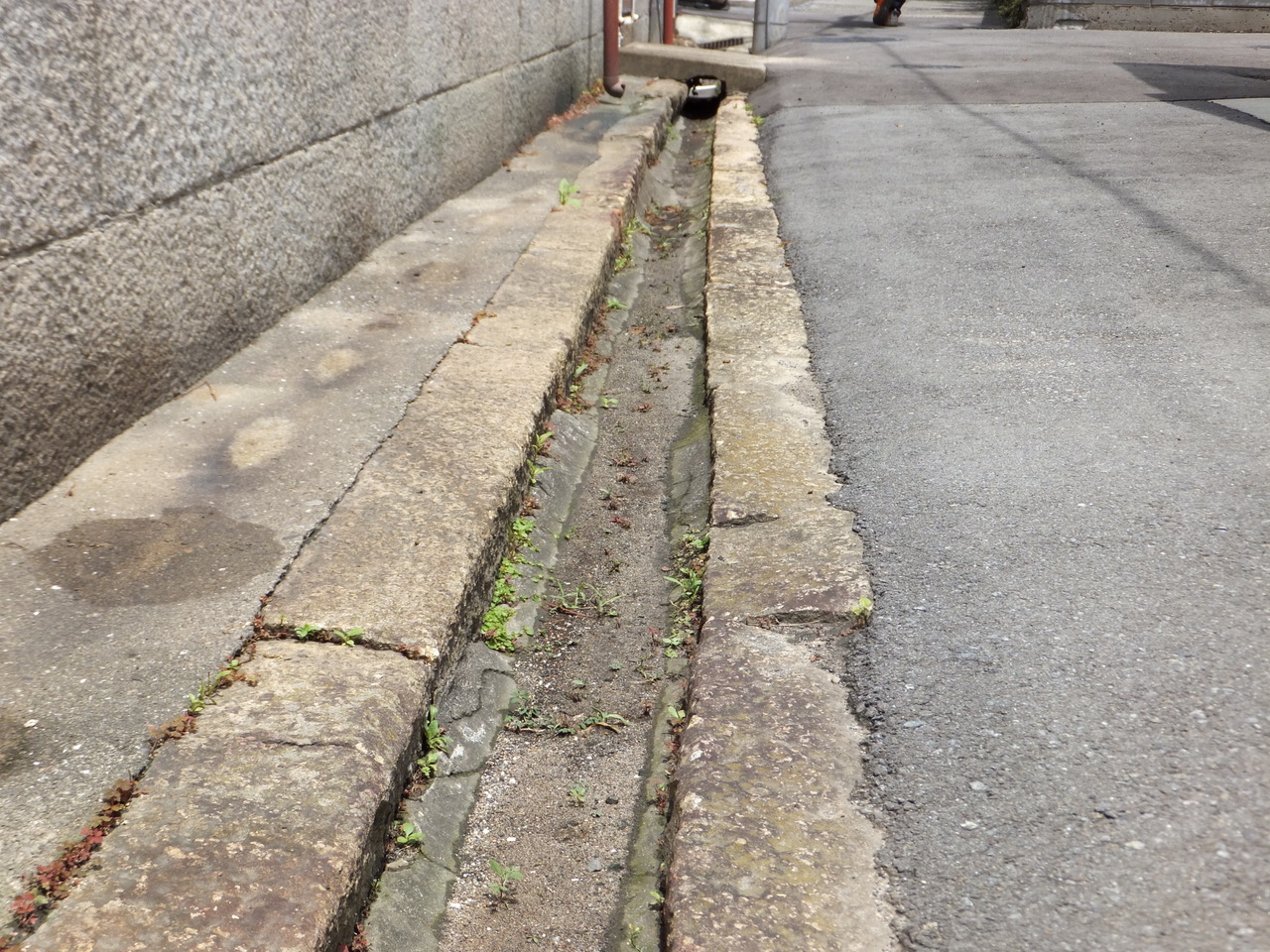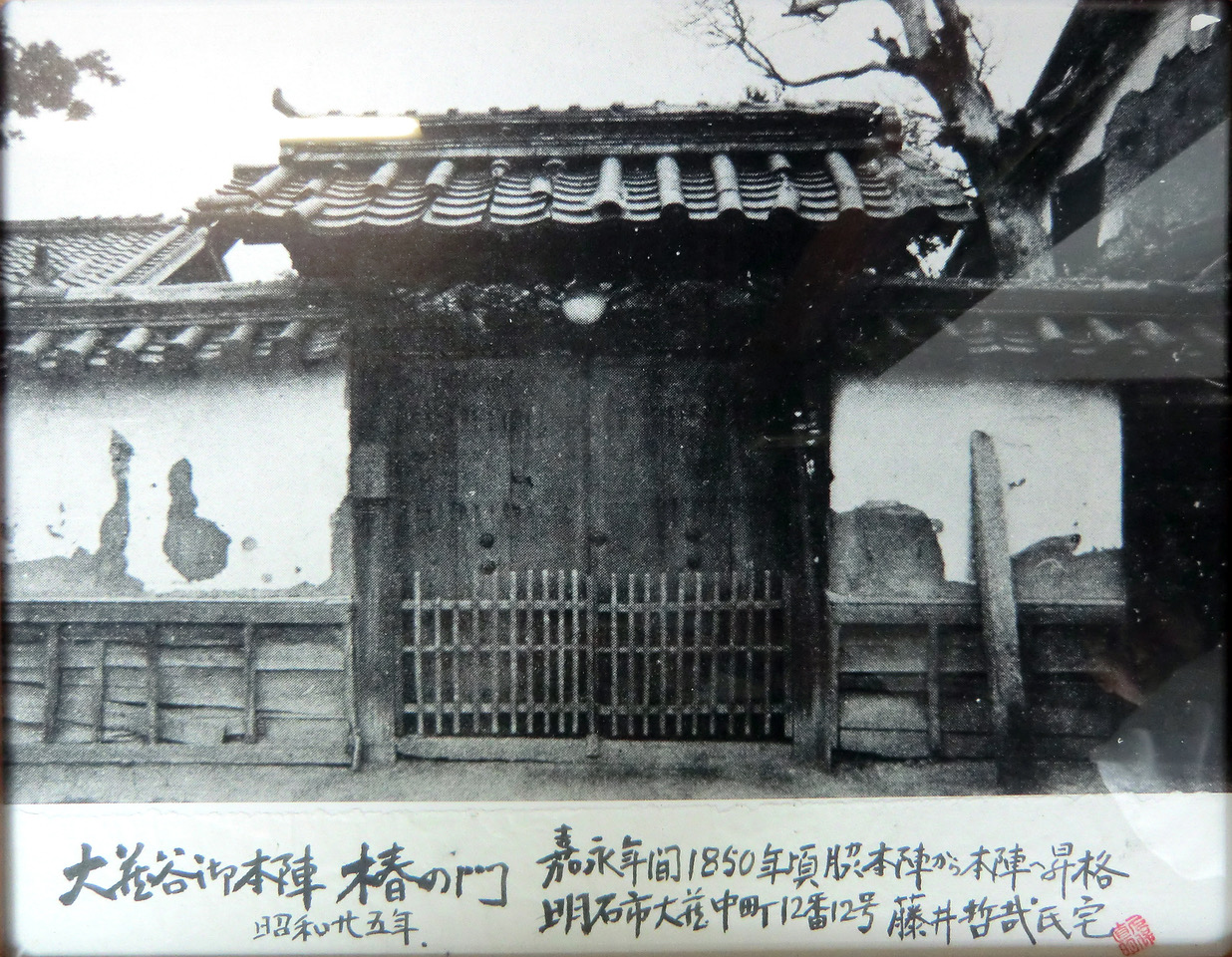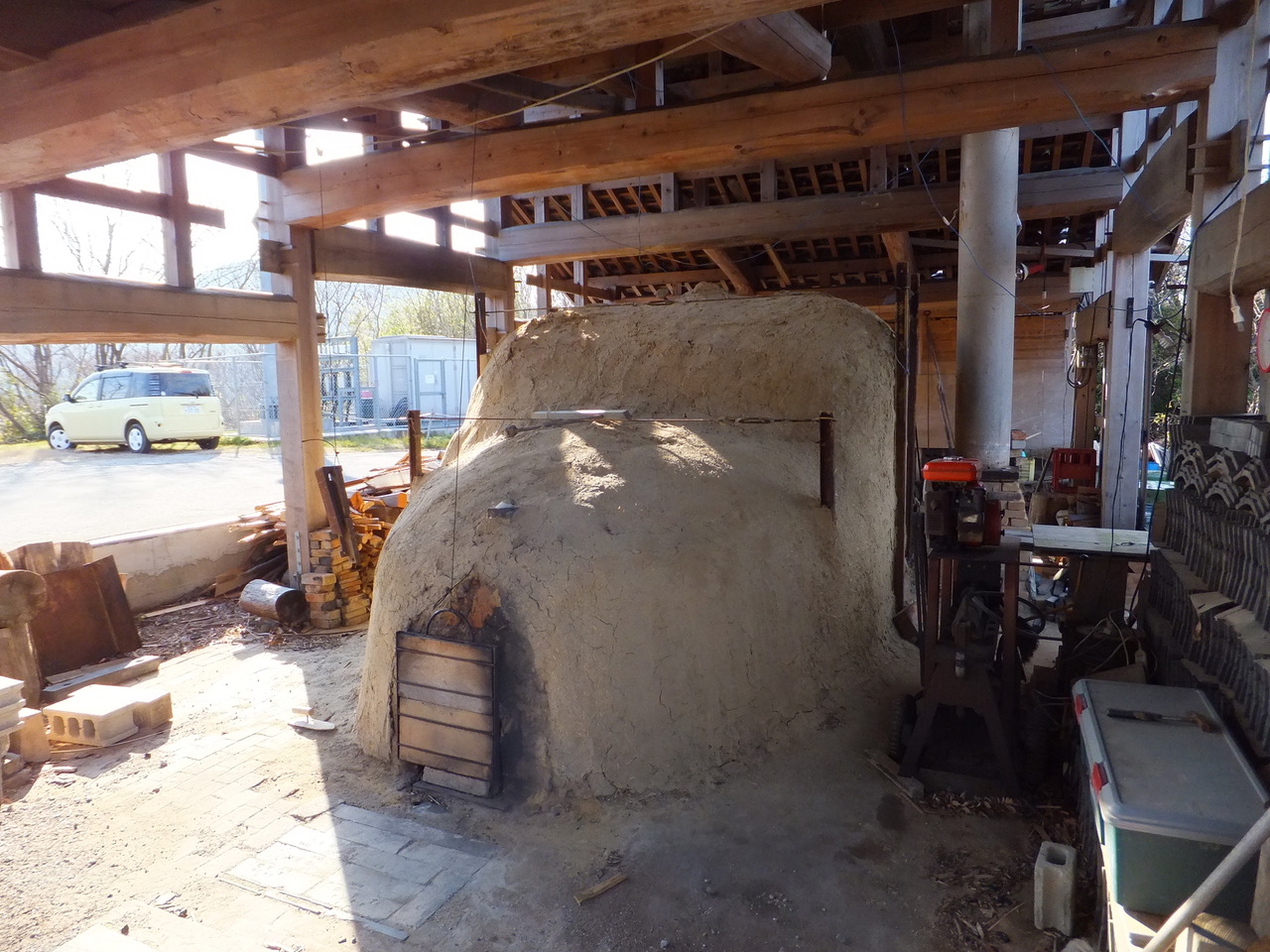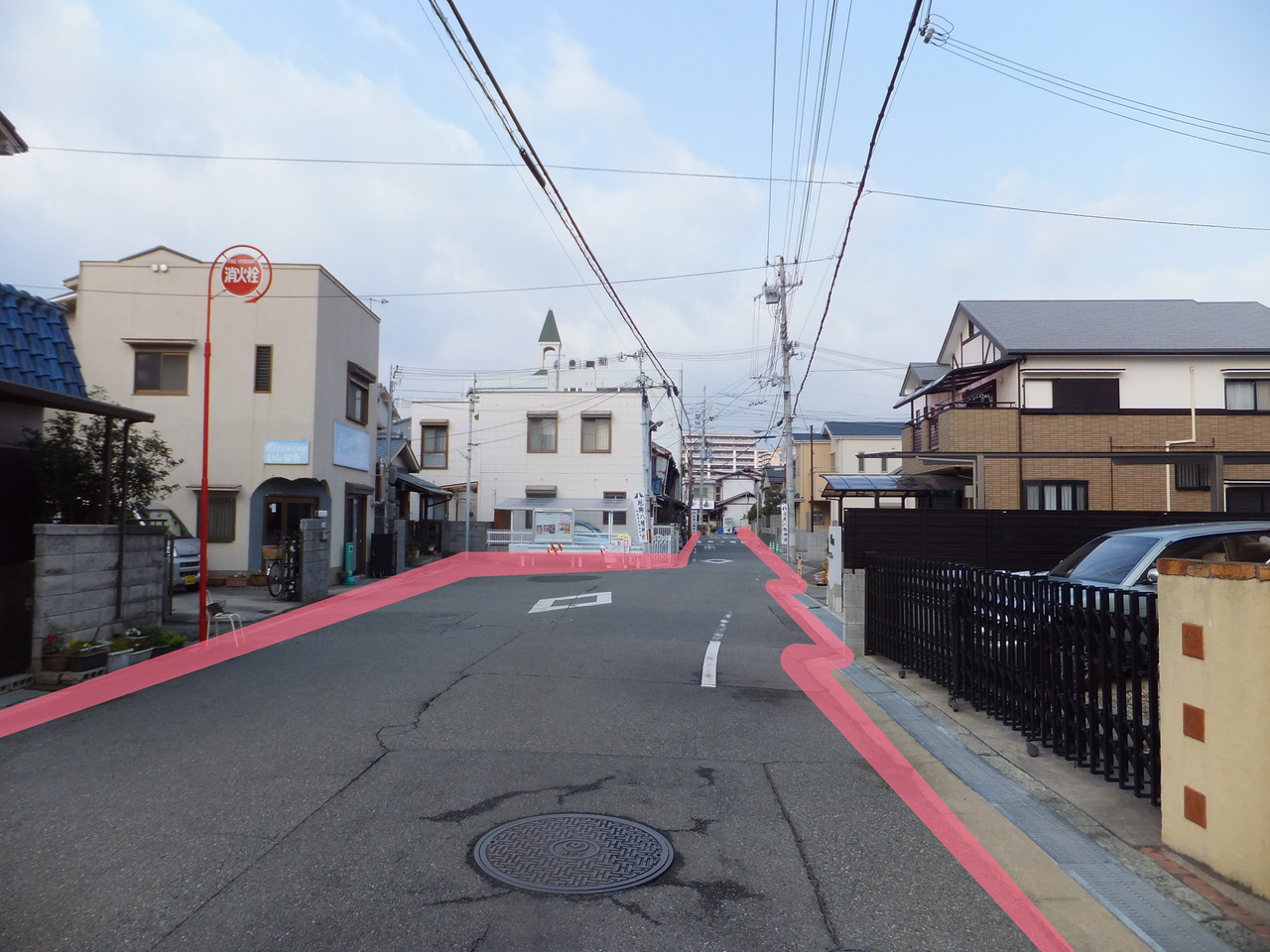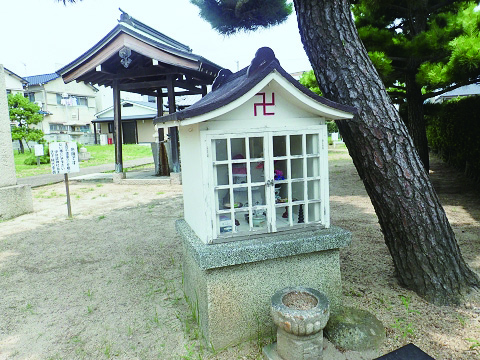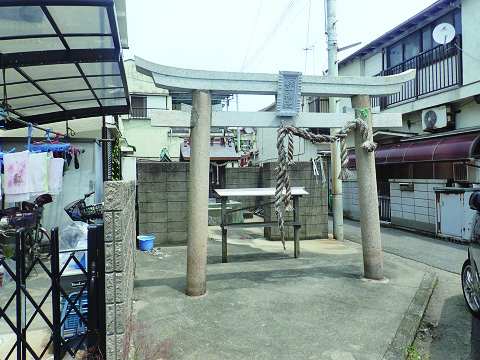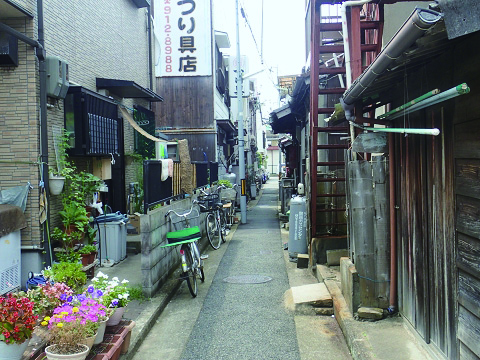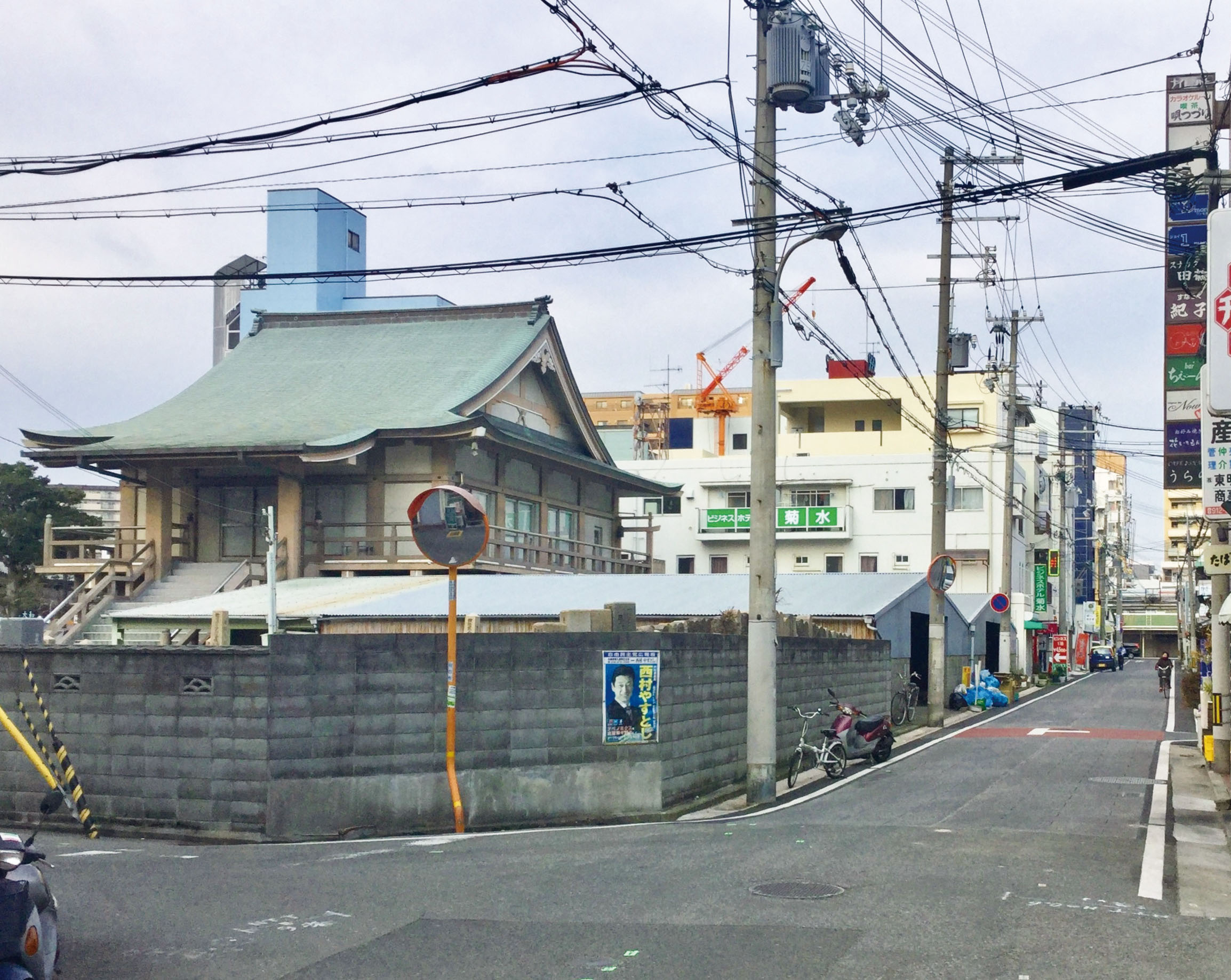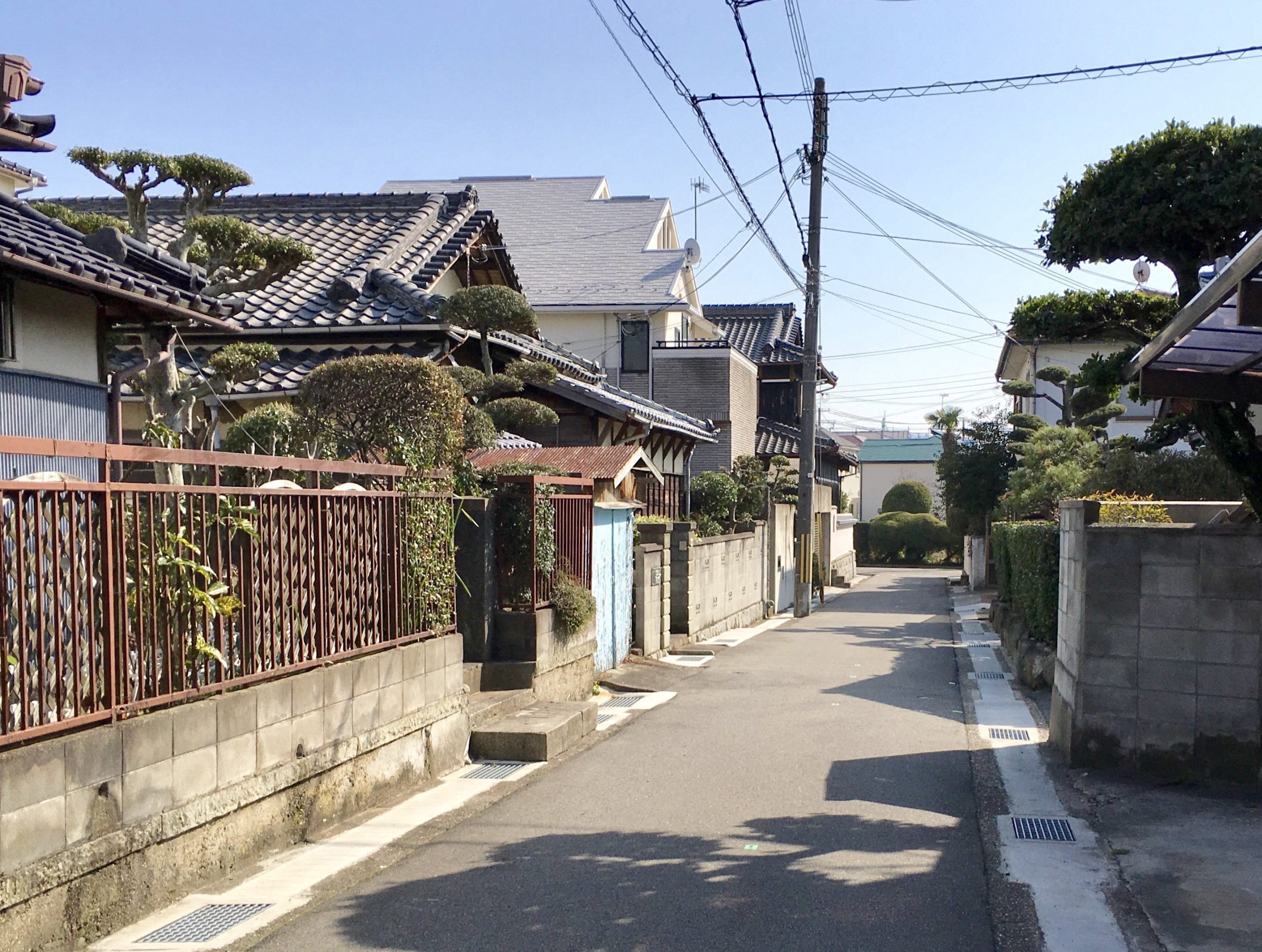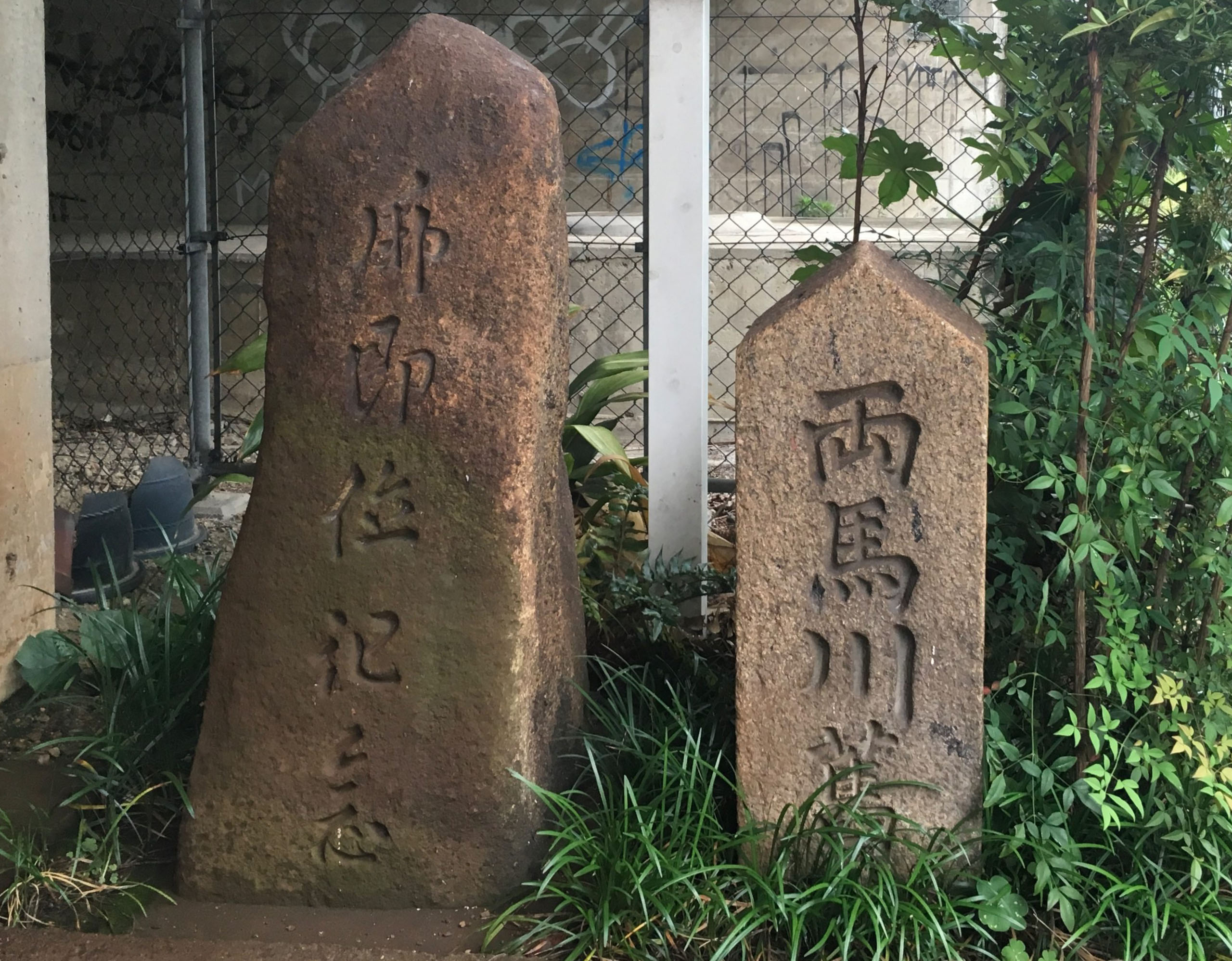【trivia04】The city planning of old Akashi
Before Akashi became the castle town, there were only two villages. Nakanosho Mura village in the same were along the old Sanyodo route face to face. Akashi Castle was constructed on the hill, Mt Akamatsu, which was in the middle of the Akashi River in the west and the Ryoma River in the east. The old Sanyodo route went along the foot of the hill and was moved south. And then, the outer moat was built. They placed houses of samurai of the lowest rank and officers also temples near the both rivers as the buffer zone against the enemy. They didn’t build any bridges to prevent the easy invasion till the end of the Edo period. They installed Himeji-guchi gate at the west end of the town and built Juodo temple by it. They built Kyo-guchi gate at the east end of the town and arranged Ikko sect Komyo-ji or Asagao-Komyo-ji temple by the gate. There was Samurai-machi town between outer moat and inner moat. Tradesmen and artisans lived in the south of the outer moat and sailors were gathered in the west from the port. The domiciles where tradesmen and artisans lived in the early Edo period depended on their careers and were named from east to west, such as Kajiya-machi for smiths, Saiku-machi for craftmen, Higashi-uo-machi for fish shops, Higashihon-machi, Nishihon-machi, Nishi-uo-machi, Shinano-machi, Higashi-taruya-machi for the barrel, Nishi-taruya-machi, Akashi-machi. They set tradesmen zone on the middle and artisans zone on the east and west of the former. They could buy fresh fish and processed fish paste in Higashi-uo-machi only, and dried fish and marine products in Nishi-uo-machi only. Now Hon-machi includes Higashi-uo-machi and Nishi-uo-machi, so both of names disappeared. Though modern-day towns use the old names, their substances are quite different.
